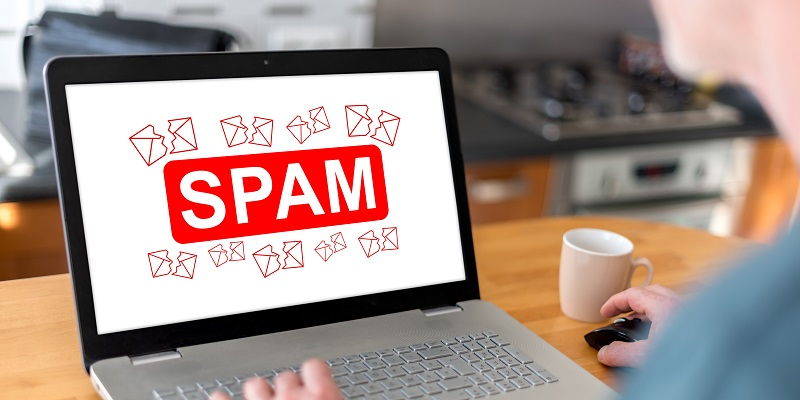In a bid to tackle the growing problem of spam and ensure secure inboxes, Google has recently announced new requirements for bulk email senders. These policies, scheduled to take effect in February 2024, are specifically aimed at companies and organizations that send large volumes of emails. By placing emphasis on email authentication, easy unsubscription processes, and spam rate limitations, Google aims to create a safer and more streamlined email experience for users.
Overview of new policies
The implementation of these new policies is set to commence in February 2024 and will have a significant impact on businesses and organizations that send over 5,000 emails per day to Gmail inboxes. Bulk senders falling into this category will be required to adhere to the outlined practices in order to maintain their email deliverability rates.
Email authentication requirements
One of the crucial aspects of the new requirements focuses on the need for bulk senders to authenticate their emails using established protocols such as Sender Policy Framework (SPF), DomainKeys Identified Mail (DKIM), or Domain-based Message Authentication, Reporting, and Conformance (DMARC). Email authentication plays a vital role in preventing email spoofing and ensuring that messages are genuinely sent from authorized sources. By enforcing these authentication standards, Google aims to increase email security and protect users from phishing attempts and other fraudulent activities.
Easy unsubscribe process
Recognizing the importance of providing a seamless user experience, Gmail will require bulk senders to include a one-click unsubscribe option for recipients. This feature will allow users to easily opt out from mailing lists they no longer wish to be a part of. Additionally, the new requirements mandate that all unsubscribe requests must be processed within two days. These measures aim to empower email recipients and respect their privacy by giving them full control over the emails they receive.
Limitations on spam rates
To combat the persistent issue of spam, Gmail will enforce a clear spam rate threshold that bulk senders must adhere to. By keeping spam rates below this threshold, businesses and organizations can ensure their emails are successfully delivered to the intended recipients. Maintaining a low spam rate is crucial for building and preserving a positive sender reputation, ultimately improving the deliverability and effectiveness of email marketing campaigns.
Implementation Guidance
Recognizing the need for support and guidance during the transition period, Google is committed to providing implementation assistance for organizations that may require additional resources. In the months leading up to the full enforcement in February 2024, Google plans to offer comprehensive guidance to help bulk senders adopt the necessary practices and effectively meet the new requirements.
As communication technology continues to evolve, it becomes increasingly important to address the issues of email security and spam prevention. The new requirements set forth by Google are a vital step in this direction, underlining the urgent need for email authentication and providing an easy and respectful way for recipients to unsubscribe. By adopting these practices, businesses and organizations can ensure their email marketing efforts remain successful and maintain a positive reputation in the ever-changing landscape of digital communication. Remember, embracing the new requirements is not just about compliance; it is about bolstering the overall user experience and building trust with recipients, ultimately leading to improved engagement and long-term success in email marketing.

